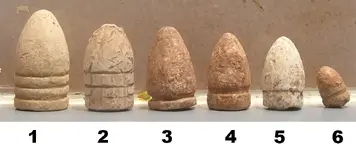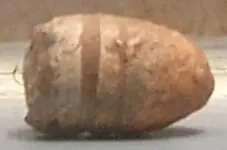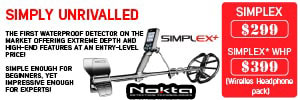I have no choice but to disagree that the .28"-diameter bullet is a .32-caliber (or even a .30-caliber).
Here is why I'm absolutely certain it is not a .32-caliber or 30-caliber bullet. I am posting the following info ONLY for purpose of educating TreasureNet readers who do not already know the info. So, please do not be offended, Monty.
1- Bullets are loaded into a gun from either the front end of the barrel (called the muzzle), or into its back end (called the breech).
2- If the bullet goes into the front, the gun is called a muzzleloading gun. If loaded from the back end of the barrel, the gun is a breechloading gun.
3- Bullets for breechloaders and for revolvers (which are considered a breechloader) are always slightly larger in diameter than the gun's bore-diameter ...NEVER smaller than the bore's diameter. (The bore is the tunnel inside the barrel.)
4- Bullets for muzzleloader guns are always slightly smaller in diameter than the gun's bore-diameter.
5- EVERY metallic-cartridge bullet is breechloader ammunition.
6- Gtoast99's bullet has a little bit of a metallic (brass) cartridge clinging to one side of its base ...therefore it is definitely a breechloader bullet.
7- Being definitely a breechloader bullet, its diameter (0.28-inch) is a bit larger than the bore of the gun it was intended to be used in. Therefore, it cannot be for a .32 or .30-caliber gun. It is a bullet for either a .25-caliber gun or a .28-caliber (7mm) gun.
If any reader here wants to see actual evidence of the information given above, check the diameters of breechloader and muzzeloader bullets shown in the book "Civil War Projectiles II: Small Arms & Field Artillery" by McKee-&-Mason. With each bullet shown, the book includes the designation ML for muzzleloaded bullets, BL for breechloaded bullets, and CL for cylinder-loaded (cylinders are for breechloaded guns).








